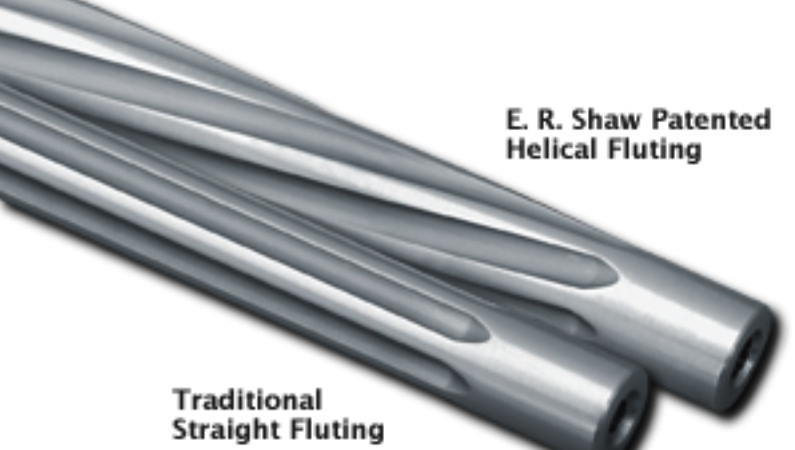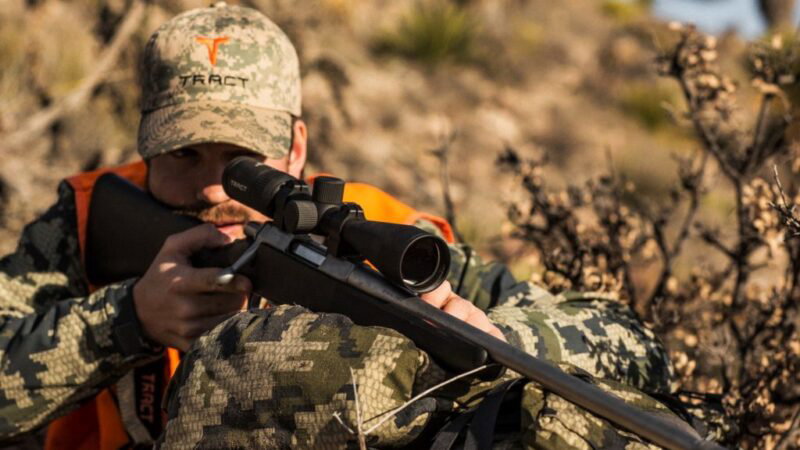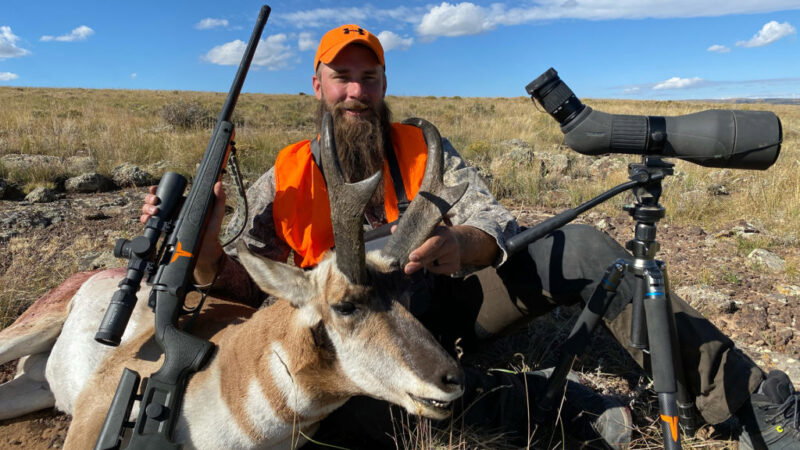Rifle Marksmanship: Breathing Control Techniques
Rifle Marksmanship: Breathing Control Techniques
Rifle Marksmanship: Breathing Control Techniques. According to William “Bart” Bartholomew Instructor of the Bergara Academy, when it comes to shooting, the very fact that you are breathing (as strange as it sounds) works against you. “As you fill your lungs with air, it moves your abdomen, chest and shoulders which directly effects our ability to keep the crosshairs on the target” explains Bart. Think of it this way, anytime you are inhaling or exhaling it is a problem. When you inhale, you increase the amount of air and tension inside your chest which causes you to expand and lift. As you exhale and relax that tension, your chest falls and lowers which also causes the gun to move, making an accurate shot even harder to achieve. That’s why breathing control even in difficult shooting positions requires discipline otherwise your body and rifle will continue to move.
Part 4 – Rifle Marksmanship: Breathing Control Techniques
As we have discussed in the previous Marksmanship blogs, consistency in the fundamentals is key to improving accuracy. To be consistent in your breathing, you must learn to control it so you can keep your body and rifle steady allowing your natural point of aim to be unaffected.

Natural Respiratory Pause Rifle Marksmanship
In Bart’s 2-Day Long Range Precision School, he teaches that breathing control is paramount to shooting accurately. When shooting it is important that you take natural breaths and then exhale until the point where you experience a point called “natural respiratory pause.” You are completely relaxed in your respiratory cycle during this natural pause. This pause will vary in length (depending on the individual), but can be extended out to as much as eight seconds. Many factors come into play when determining and maintaining the pause, such as physical fitness, stress, and natural lung capacity.

3 Breathing Control Techniques for Natural Respiratory Pause
Normal Breathing
For this technique you should focus on breathing normally and as the shot approaches, allow yourself to pause, get your aiming point, apply trigger pressure, and then take the shot. Continued breathing will cause movement in the chest and abdomen that will interrupt the fundamentals of marksmanship. Shooting during the natural respiratory pause is the preferred method. It allows you to perform all the required functions while your breathing is comfortably halted.
Decreased Breathing
Use this technique if you have trouble extending your natural respiratory pause. As the shot approaches, take up slack in the trigger and begin to decrease your breathing. Decrease your breathing to a pause as the aiming point is acquired. Achieve the proper aiming point during the shallow decreasing breaths and then pause and break the shot.
Cardiopulmonary Pause
Heart rate is an important part of breathing control while shooting. As your heart beats it transmits a vibration throughout your entire body. This vibration can interrupt the fundamentals of marksmanship by moving the sights and in extreme cases the rifle. This is particularly apparent when firing unsupported and when firing long range. The heartbeat will be visibly noticeable by the vertical movement of the crosshairs on the target. To fire effectively you should learn to fire at a reduced beat of the heart or lull for each shot.

William “Bart” Bartholomew currently instructs a 2-Day 1,000 yard Precision Rifle Course with the Guntry Gun Club of MD as well a 3-Day Long Range Precision School hosted by the Bergara Academy in MT. Bart is a retired Baltimore County SWAT Sniper Team Leader and has 46 years of long rifle experience—20 years as a Counter Sniper and is the recipient of the prestigious Carlos Hathcock Jr. Award.
Read the entire Rifle Marksmanship Series:
Part 2 – Trigger Control Equals Success
Part 4 – Breathing Control Techniques
Part 5 – Key Elements of a Good Shooting Position











